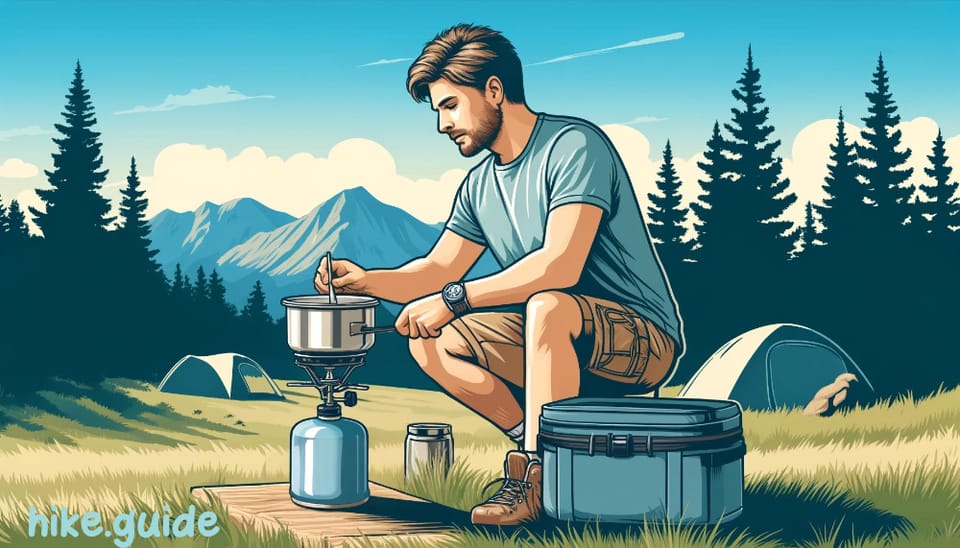Stoves

Hot coffee in the morning or a warm meal at the end of the day are great reasons to bring a stove with you while hiking.
If you're out for a few days or on a many month thru-hike, a backpacking stove is a good idea. Some go stoveless, but hot food after a hard day of walking to take the chill of the night off is something to think about.
Different Types of Stoves
- Canister Stoves: These are lightweight and compact stoves that use isobutane-propane fuel canisters. They are easy to operate, have good heat control, and are widely available. However, the fuel canisters are non-refillable and need to be replaced when empty.
Jet Boil (aff) is great against wind and sips fuel.
- Liquid Fuel Stoves: These stoves burn liquid fuels like white gas, kerosene, or unleaded gasoline. They are typically more durable and versatile than canister stoves, but also heavier and more complex to operate. They require priming and maintenance, but the fuel bottles can be refilled.
- Alcohol Stoves: These are simple and lightweight stoves that burn denatured alcohol or other alcohol-based fuels. They are inexpensive and easy to find fuel for, but have limited heat output and are affected by wind and cold temperatures.
Redcamp Alcohol Stove (aff) might be an option
- Wood-Burning Stoves: As the name suggests, these stoves burn small twigs, sticks, and other natural biomass as fuel. They are eco-friendly and fuel is free, but they can be bulky, and their performance depends on the availability of dry fuel.
- Solid Fuel Stoves: These stoves use solid fuel tablets or pellets made of hexamine or other combustible materials. They are lightweight and simple to use, but the fuel can be difficult to find and they produce more odor and soot than other types.
Esbit Folding Pocket Stove (aff) is popular
Cannister or alcohol stoves are most common for long distance hiking because the ease of use and availability in towns. You'll also get a feel for how quickly you go through fuel and plan a town or two ahead.
Choose Wisely
What stove you choose is preference of course, along with what type of hiking you're doing. Availability if you need to resupply along the way is something to think about. Weight, size and time-to-boil are important as well.




